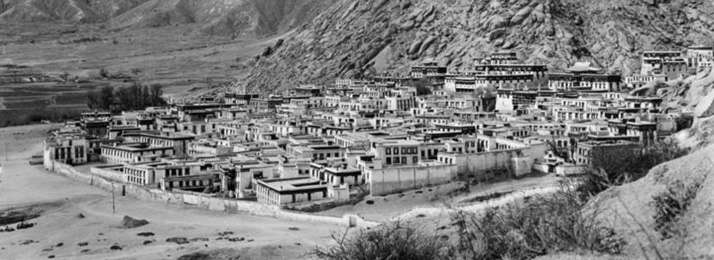
Sera monastery was founded in 1419 by Tsongkhapa’s disciple Jamchen Choje Sakya Yeshe, it was built at the base of Mount Phurbochok on which his teacher Tsongkhapa(1357-1419) had established a hermitage called Sera Utse on the ridge above in 1409, Sera monastery is one of the three greatest Gelugpa monastic colleges throughout Tibet, and the other two are Drepung monastery and Ganden monastery, Sera is located about 2km outskirt north of Lhasa, sometime in the history it housed about 6000 monks from all over Tibet.
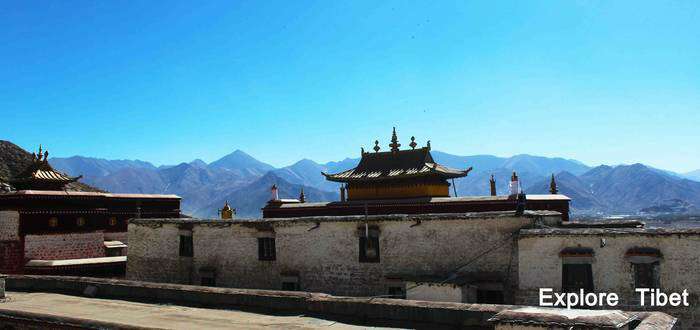
Prior to the foundation of Sera monastery, when Tsongkhapa (the founder of the Geluk sect) was composing his commentary on Nagarjuna’s Mulamadyamakakarika (Ludrup Gongyen), entitled the Ocean of Reasoning (Rikpa Gyatso), in his hermitage Sera Utse, all in a sudden one of the folios of the text flew into the air with a gust of wind, and a molten gold color emission of “Ah” (the last alphabet of Tibetan that is a symbol of the perfection of wisdom) appeared in the sky and later some of the text dissolved into a stone at the base of the hill (that can be seen in these days in the debating courtyard of Sera monastery).
By witnessing the mysterious phenomenon, Tsongkhapa prophesied that the spot would be the future site of a great center of Buddhist learning, an institution of particular importance for the study and practice of the Madhyamaka doctrine of emptiness. Then a decade later, Jamchen Chöjé Shakya Yeshé (1354-1435) from Tsal Gongthang founded Sera at that very site prophesied by Tsongkhapa.
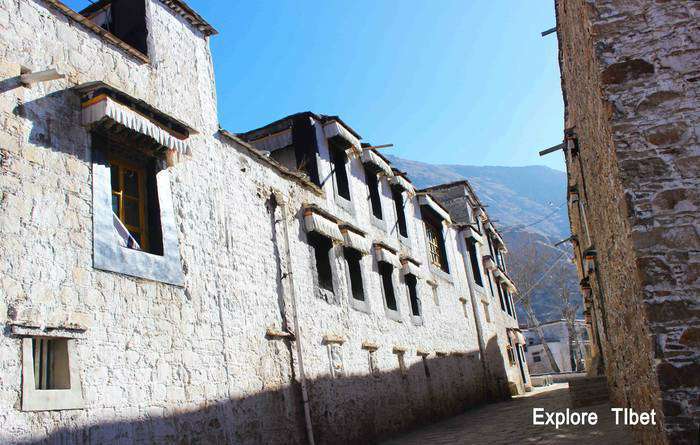
Originally study and practice of tantra were well carried in Sera monastery but shortly after the foundation of the monastery some of Sera’s early preceptors steered the monastery in a more scholastic/philosophical direction. Then Sera monastery quickly began to attract large numbers of monks from all over Tibetan areas.
At the time of the third Sera throne holder-Gungru Gyeltsen Tsangpo (1383-1450), the monastery was divided into four basic colleges (Dratsang) which were Gya, Drom Teng, Tui, and Me. Then gradually the reorganization consolidated the final two colleges, which were the Upper (Tui) College and the Lower (Me) College. In the late 15th century the Tui College was merged into a new college called Je, since then there were two most outstanding colleges at Sera Monastery until the beginning of the 18th century, and in the early 18th century the most recent Ngakpa College was founded in addition.
The Je and Me Colleges are philosophical teaching colleges (Tsennyi Dratsang), with a twenty-year-long curriculum of studies culminating in the prestigious geshe degree. The Ngakpa College is an institution dedicated to the practice of tantric rituals (Kurim Dratsang). Before 1959 each college had its own administration which was headed by the abbot of the college and the overall affairs of the monastery were administered by the leaderships of three abbots from the distinct colleges.
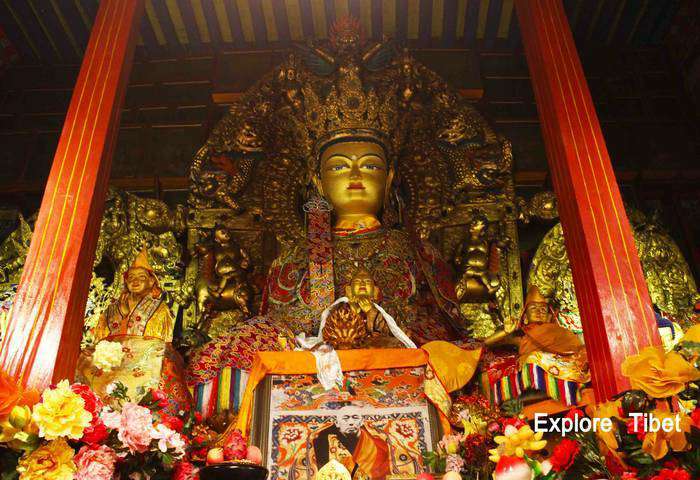
Monks at the Sera monastery came from all over Tibet to learn the teaching of Buddhist philosophy at Sera Je and Me colleges, as per the increasing numbers of the monks, the colleges developed sub-units called Khangtsen (Houses) under their division, and so formed 35 Khangtsens are organized chiefly by the geographical regions and monks from different regions of the country usually join the house that corresponded to their original region. Each Khangtsen consists of residential quarters of monks, chapels, and its assembly hall, so it occupies a major part of the monastery area.
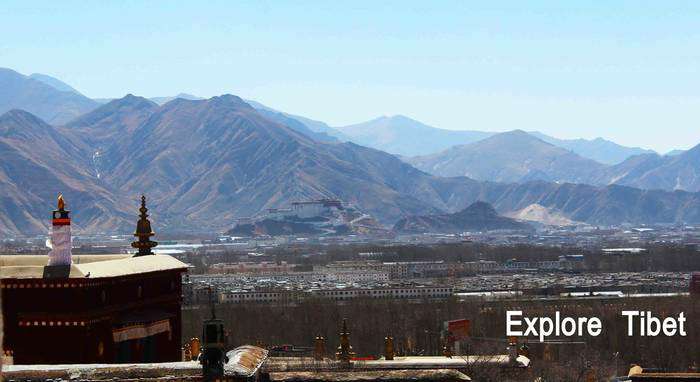
Like Ganden and Drepung monasteries, the monastery subsisted on several different financial sources that includes subsidies and contributions from the local government, donations from patrons, and business ventures of various sorts. Individual monks were supported by means of contributions from a variety of sources that included the monastery (Sera), the college, the Khangtsen, patrons, their teachers, and their family. Many monks also engaged in private business ventures as well.
In 2008 there are about 550 official monks, the monk’s debate is well known for tourists to experience a different way of Buddhist practices. Buddhist philosophical debate is integral to the learning process of the doctrines that attain higher levels of study by facilitating better comprehension of the Buddhist philosophy, apart from the learning, debating will develop someone’s creativity and reasoning capability.
Local pilgrims are in a long line to see the main image of the monastery, Tamdrin or Hayagriva, which is also known as a horse-headed deity. You may have seen pilgrims at Sera monastery had a black mark on their noses, it is from the butter lamp lights in front of the deity that denote blessings from the Haryagriva.
If you want to visit to Tibet or Sera Monastery, contact us at [email protected].
